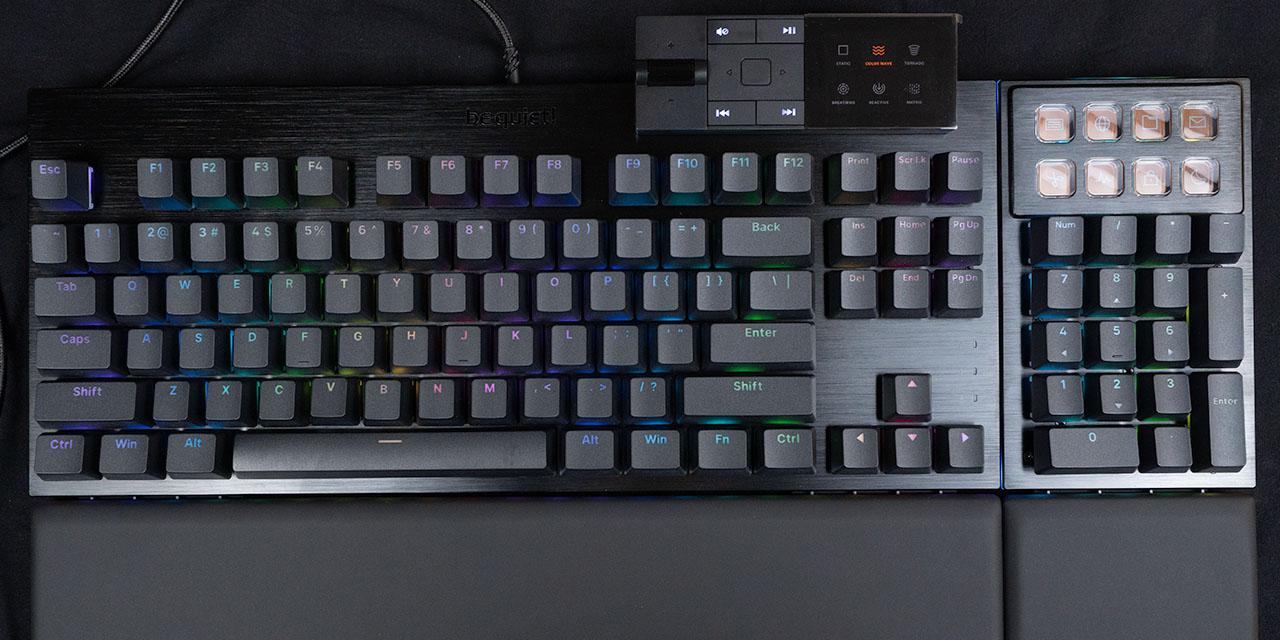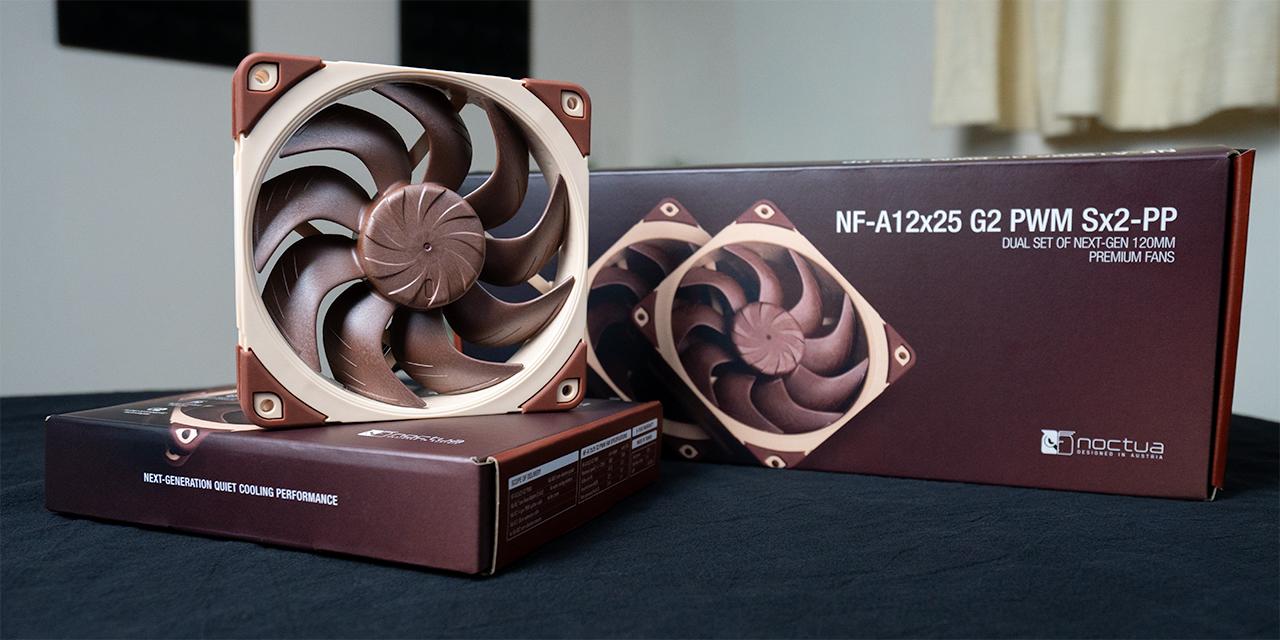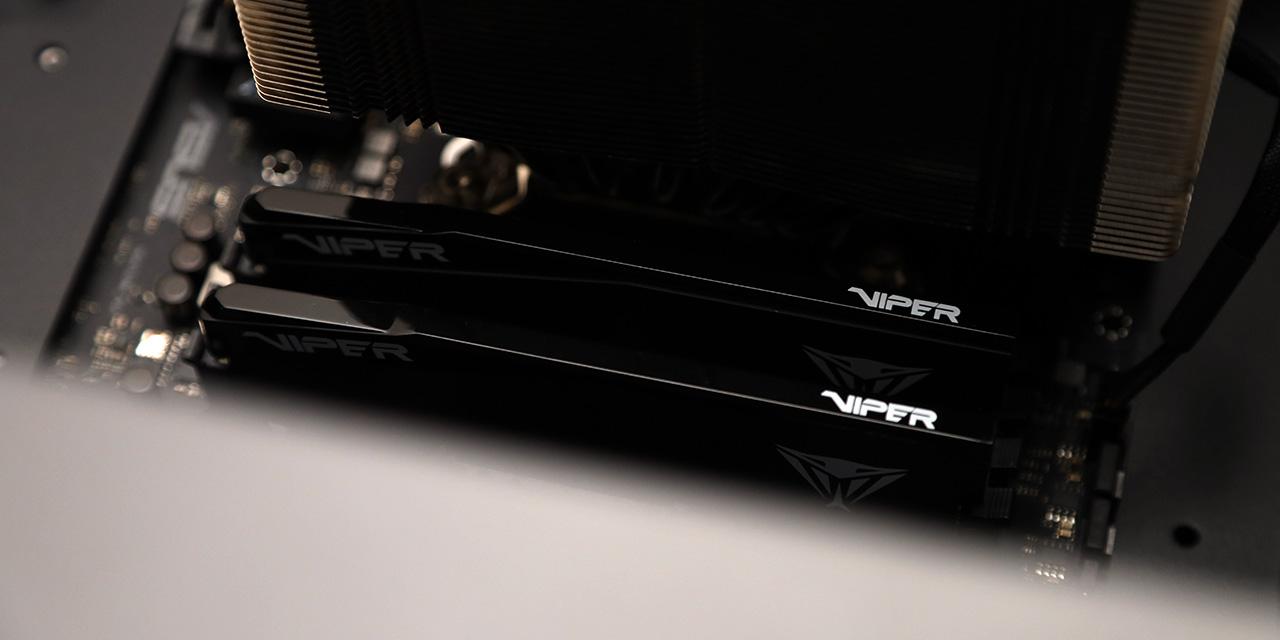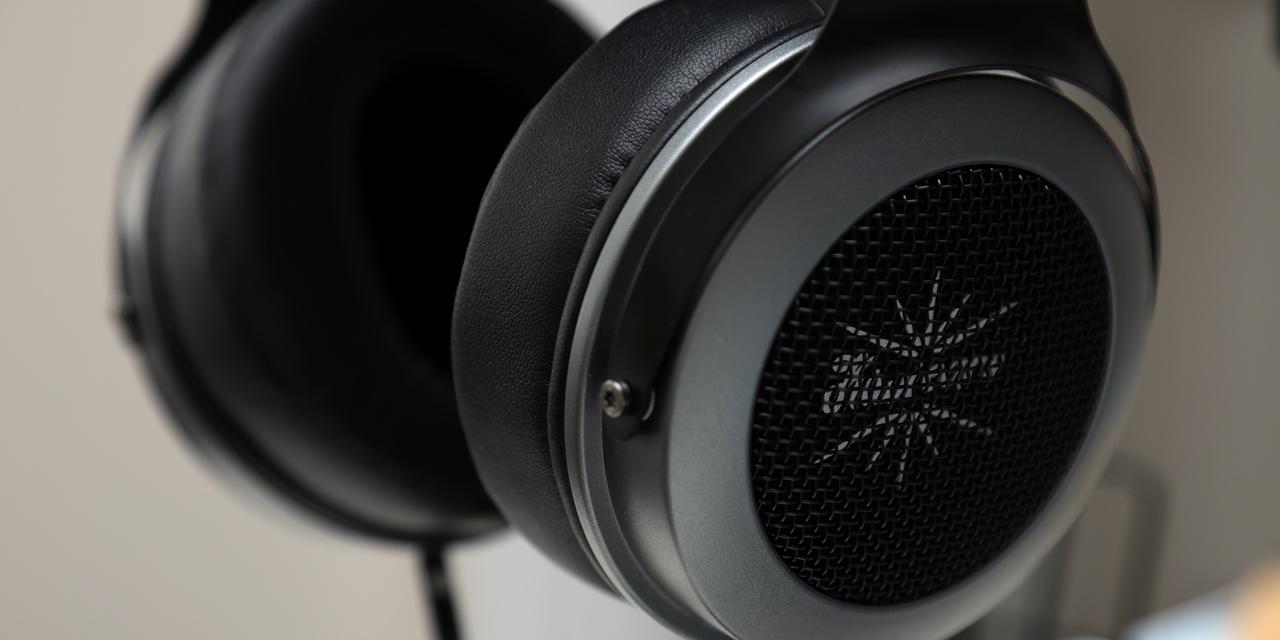Page 3 - A Closer Look - Disassembly and Internals

Unfortunately, as I have mentioned previously, I could not find any way to get into the keyboard. However, we can still look at the components that make up the Epomaker TH40. First, underneath the keycaps are the Epomaker Flamingo switches. They are oriented in a south-facing manner on this board, meaning the RGB LED is on the bottom. This allows the switches to operate without inference when used with Cherry-profile keycaps, and is generally favored by keyboard enthusiasts. They are mounted using a 5-pin hot swap socket with a foam layer to help with bottom out cushioning and sound. Sandwiched in between is the polycarbonate backplate that provides a softer typing experience and deeper sound. The plate is also mounted onto rubber gaskets for a dampened and flexible typing feel.

The Flamingo switches are based on the original Cherry MX design. The Flamingo is a linear switch, providing a smooth gliding action on keypress. The switches have an opaque pink stem, clear pink polycarbonate top housing, and a clear purple polycarbonate bottom housing. The stem is made of POM plastic or Polyoxymethylene, which provides a low coefficient of friction for silky smooth sliding action. The switches are factory lubricated to help with the smooth feel. The spring inside is a dual-stage spring with an initial force of 35gf and bottom out force of 60gf. The dual stage spring is longer, provides greater switch stability, and lower likelihood of buckling when compressed. The total switch travel is 3.8mm. The expected lifespan of the switches is over 100 million cycles, which is very good and the new industry standard. The overall feel of the Flamingo switch is smooth, light, and clacky bottom-out with very good initial performance.

The stabilizers for the larger keys are Cherry-style, clip-in, plate mounted, and pre-lubricated. They appear to be tuned, as there is limited rattling when pressing on the long modifiers on either end such as the space bar and Enter keys. Although plate-mount stabilizers are usually a cheaper option compared to PCB mount screw-ins, the excellent performance is great to see out of the box.
Page Index
1. Introduction, Packaging, Specifications
2. A Closer Look - Hardware
3. A Closer Look - Disassembly and Internals
4. Conclusion





